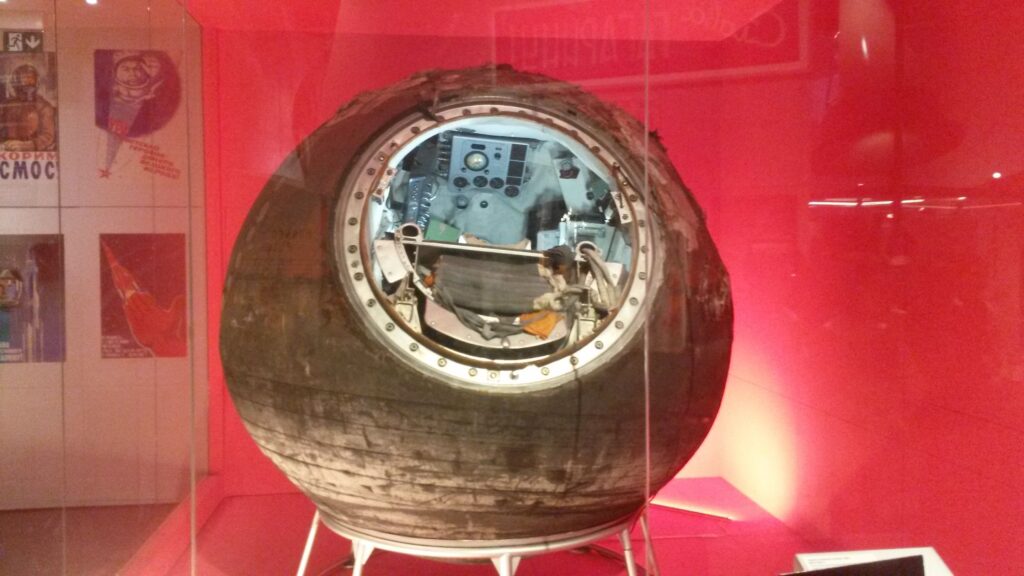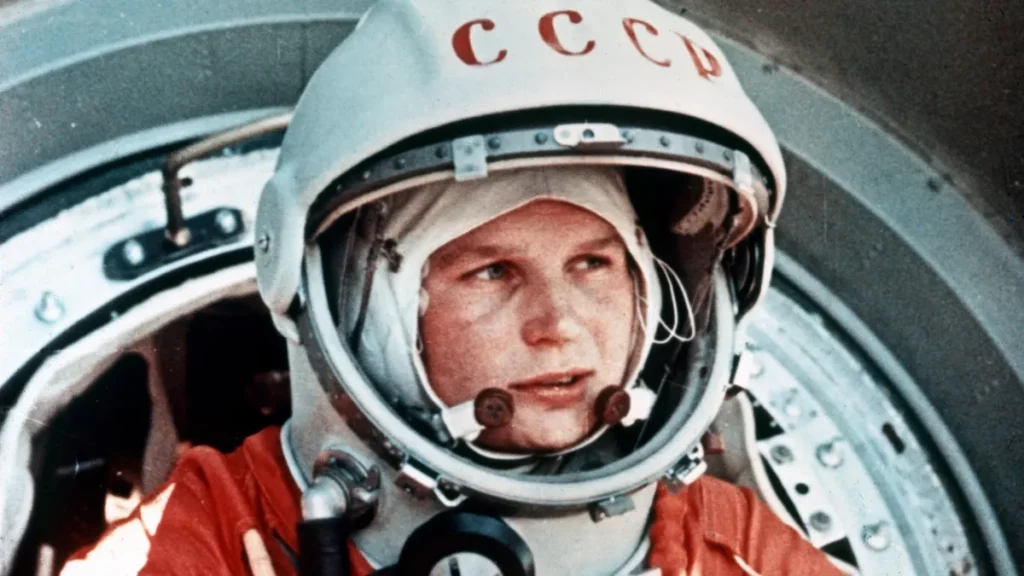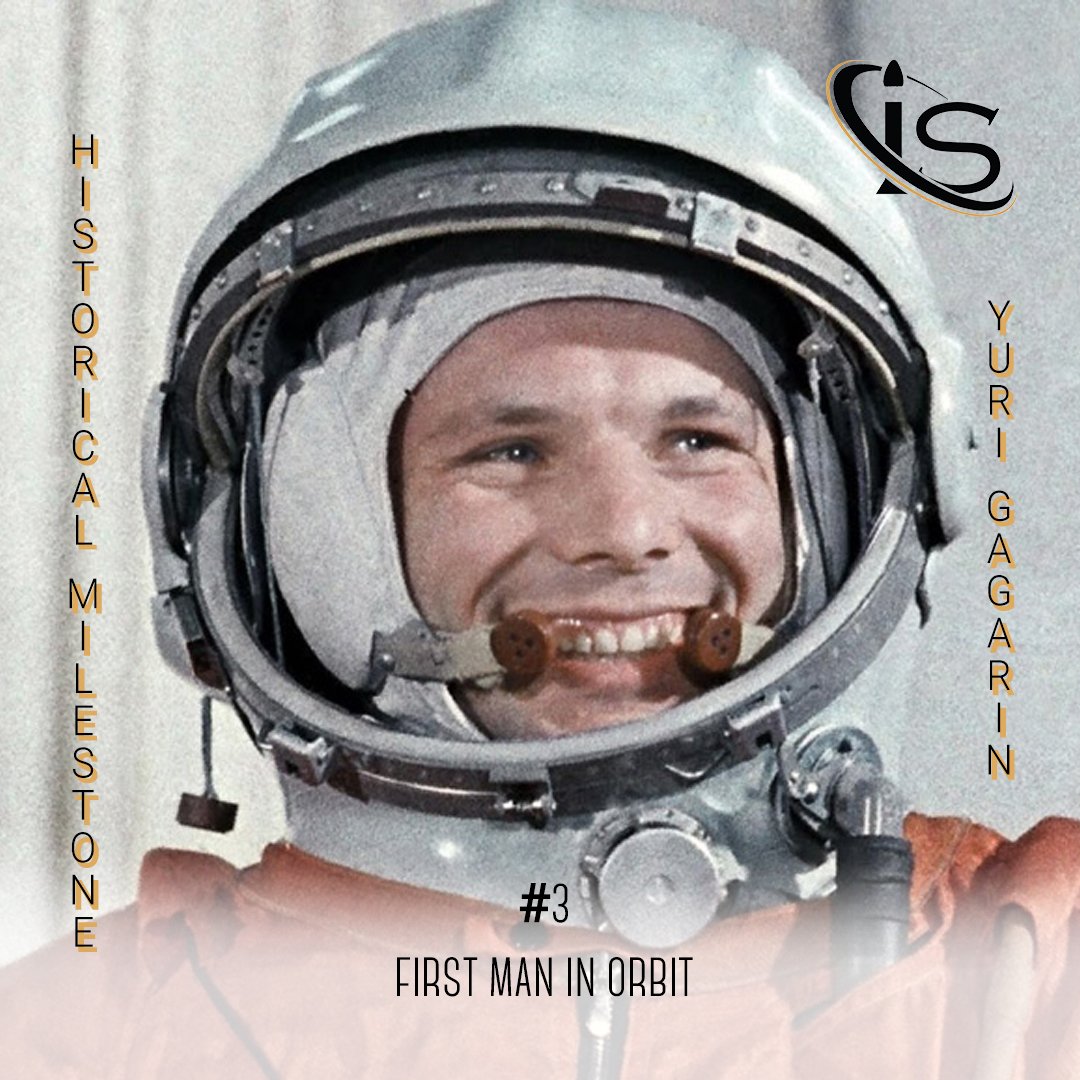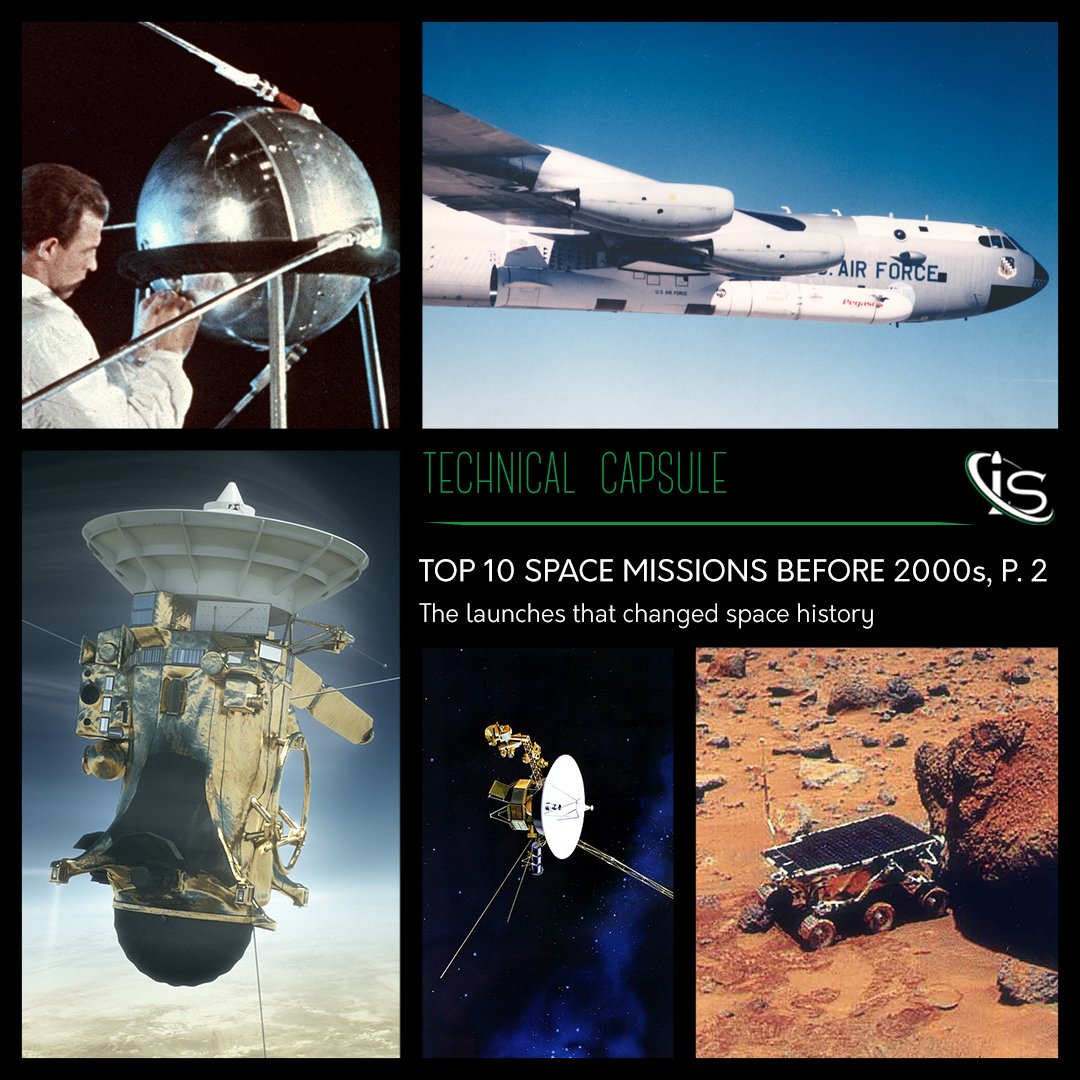Welcome to another installment of our historical milestone series. On today’s docket, we have a very important event: the first woman to go into space, Valentina Tereshkova. Much like her compatriot, Yuri Gagarin, who became the first man in space a year earlier, Valentina had to go through quite the selection process to get this honor. So, let’s get to it and start talking about the first woman in space, the path she took to get there, and the mission, itself.
Selecting the First Woman in Space
Valentina Tereshkova was born in Maslennikovo, Russia, USSR, on March 6th, 1937. On February 16th, 1962, she, along with 400 other women, decided to apply to the USSR’s program to send the first woman to space. Given the large pool of applicants, getting chosen was anything but easy. However, given her background as an amateur parachutist, Valentina Tereshkova was among the 5 women selected to join the cosmonaut corps. Together with her were: Irina Solovyova, Valentina Ponomaryova , Tatyana Kuznetsova, and Zhanna Yorkina.

After rigorous training and examinations — which included weightless flights, training as pilots, and parachute jumping — 4 women were chosen to become Lieutenants in the Soviet Air Force. For anyone wondering, let’s go over what made parachute jumping a crucial component of the program. After all, Valentina was picked in large part due to her experience in the area. The main reason being proficient in this was necessary was the way Vostok missions at the time functioned. More specifically, instead of landing with the spacecraft, cosmonauts would be ejected from it and land separately via parachute. But let’s get back to the focus of today’s story. Because with the potential candidates selected, it was time to organize the mission that would take one of them to space.
Vostok 5 and Vostok 6
The original plan involved sending two of the new cosmonauts to space on consecutive days, in either March or April 1963. In fact, Tereshkova was supposed to be launched first on Vostok 5, with Ponomaryova following suit shortly after on Vostok 6. However, the plan was changed. Valeri Bikovsky, was now chosen to fly on Vostok 5 with Tereshkova, making up the other part of the joint mission, flying on Vostok 6. Why exactly was this choice made? I am not entirely sure. But I do find it a bit of a missed opportunity to not have two women cosmonauts make their debut in space simultaneously. Although that is to take nothing away from the amazing accomplishment of Valentina. And speaking of, let’s get to the launch, itself.

Valentina Tereshkova Becomes the First Woman in Space
After more than a year since being accepted in the cosmonaut program, Tereshkova was finally ready to take to the skies. Or, rather, to space. But that doesn’t have the same ring to it. Anyway, the day was June 14th, 1963, and Tereshkova had just seen Vostok 5 take off. That meant that it was time for her to start getting ready for her mission aboard Vostok 6. And after she completed the preparations for her flight, she was taken to the launch pad, on June 16th, along with her backup, Solovyova.
But now, it was time to launch. And at 9:29 am, UTC, Vostok 6 took off from the Baikonur Cosmodrome with Tereshkova on board. The launch went off without a hitch and, after just a few hours, she was communicating with Bikovsky, as planned. And with the radio sign “Chaika” — seagull in Russian — Tereshkova had officially become the first woman to go to space. Some highlights of the mission include her performing tests to see how her body was reacting to spaceflight and the taking of photographs that would be used to help identify some of the aerosols in Earth’s atmosphere. Then, after 2 days, 23 hours, and 48 orbits around our planet, Tereshkova returned from her mission.

Before moving on, it is important to note the length of these missions. With just this flight, Tereshkova’s time in space surpassed that of all the US Mercury astronauts that had flown up to that point, combined. In fact, Bikovsky — who returned at the same time as Tereshkova — still retains the record of most time spent in space alone. The length of these missions was quite literally were unheard of up to that point.
Life After Vostok 6
Although she did not go to space again, Valentina’s life after Vostok 6 continued to be quite eventful. After their missions ended Tereshkova and Bikovsky had a very large celebration held in their honors in Moscow. There they met with Khrushchev, who awarded both of them the Hero of the Soviet Union medal. During this occasion, Tereshkova also made a speech atop Lenin’s Tomb on the Red Square. A speech that I want to highlight because of this one quote. “My father perished defending our country and my mother brought up her three children. We know the bitterness of that war. We don’t need war.”
Tereshkova remained a part of the Soviet air force for over 30 years. She retired in 1997 (from the then Russian Air Force). In her time there she attained the rank of major general and grew to be a prominent representative of the Soviet Union abroad. In fact, she would go on to become a member of the World Peace Council in 1966.
But with that, I leave you for the day. I sincerely hope you enjoyed learning more about this trailblazing woman. And the story behind that famous launch in 1963. See you all in the next historical milestone, right here, at impulso.space.





